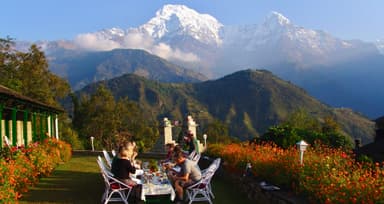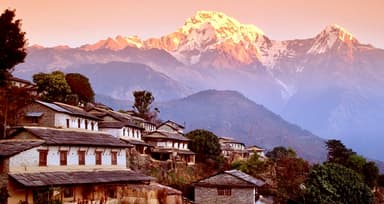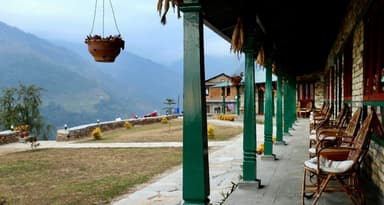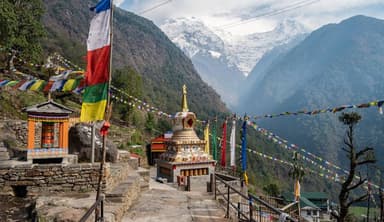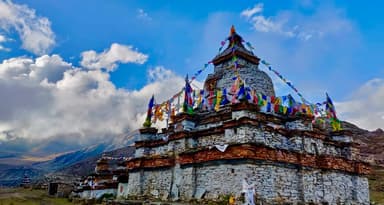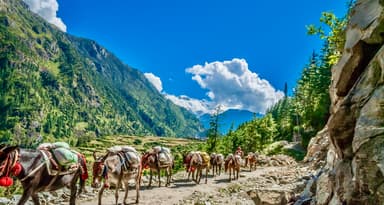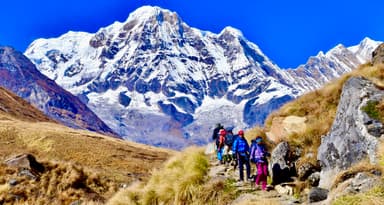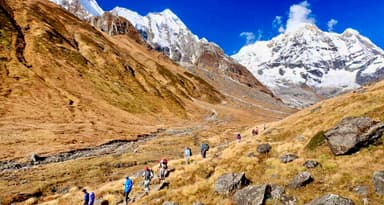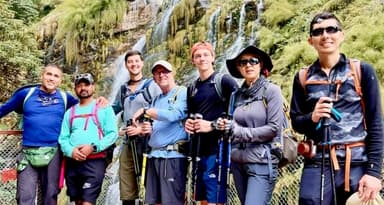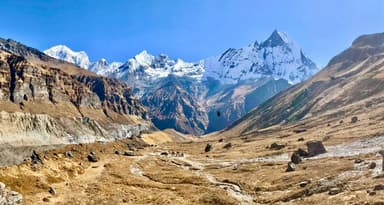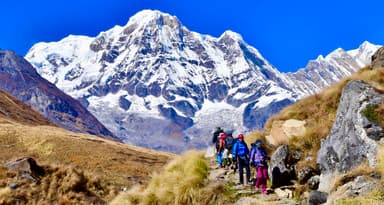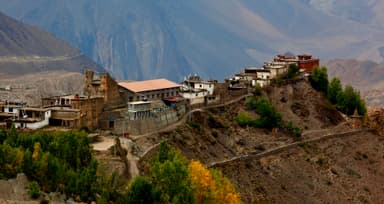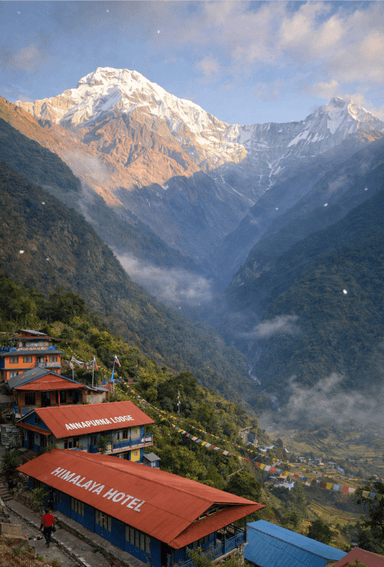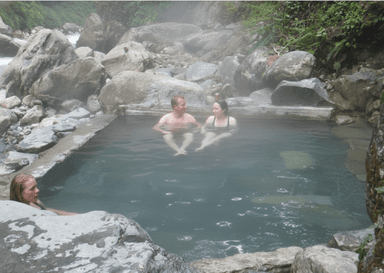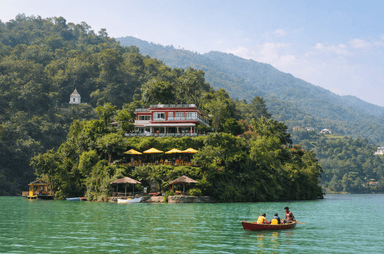The Annapurna Base Camp Trek is an exhilarating journey that invites trekkers to immerse themselves in the stunning beauty of the Annapurna region. This 11-day trek is not just a physical challenge, but also a voyage of cultural discovery and personal achievement. Starting from the bustling city of Kathmandu and flying into the picturesque lakeside city of Pokhara, the trek progresses through diverse landscapes, from lush rhododendron forests to rugged mountain terrains, culminating at the spectacular Annapurna Base Camp at 4,130 meters.
(For Group rates and discounts please contact us at - Direct Call: +977-9851005129 (Nepal) and +1 916 794 8443 (USA) / Whatsapp: +977-9851005129 )
Along the route, trekkers will experience the warmth of Nepali hospitality in villages like Ghandruk and Chhomrong and enjoy the soothing waters of the Jhinu Danda hot springs. The trek offers ample opportunities for photographers and nature lovers to capture the majestic vistas of Machhapuchhre and the Annapurna Massif. With a choice of accommodation from standard guesthouses to luxurious hotels in Kathmandu, and potential upgrades along the trekking route, this package caters to a variety of preferences, ensuring a comfortable and memorable adventure.
Highlights of the Annapurna Base Camp Trek
The Annapurna Base Camp Trek offers an array of spectacular highlights that captivate trekkers with its stunning landscapes, rich cultural heritage, and unique natural beauty.
-
Pokhara Start Point: The journey begins in the scenic city of Pokhara, renowned for its tranquil lakes, vibrant nightlife, and the stunning backdrop of Machhapuchhre rising above.
-
Ghandruk Village: A picturesque village offering a close-up view of the Annapurna range, Ghandruk is also famous for its rich Gurung culture and traditional stone houses.
-
Chhomrong: Nestled on the lap of the giant Annapurna massif, Chhomrong is a gateway to the Annapurna Sanctuary and provides breathtaking mountain views.
-
Jhinu Danda Hot Springs: After days of trekking, relax your muscles in the natural hot springs at Jhinu Danda, a perfect natural spa experience in the heart of the mountains.
-
Machhapuchhre Base Camp: A major highlight on the way to Annapurna Base Camp, offering panoramic views of Machhapuchhre (Fishtail Mountain), Annapurna South, and Hiunchuli.
-
Annapurna Base Camp (ABC): The ultimate destination of the trek, situated at 4,130 meters, provides an immersive 360-degree view of the towering Annapurna range encircling the camp.
-
Flora and Fauna: Trek through diverse ecosystems, from rhododendron forests to high-altitude tundra, home to many species of birds and the occasional sightings of wildlife.
-
Panoramic Views from Poon Hill: Although a detour on some itineraries, a pre-dawn trek to Poon Hill to watch the sunrise over the Annapurna and Dhaulagiri ranges is truly magical.
-
Traditional Tea Houses: Experience the unique hospitality of the Nepalese mountain communities by staying in traditional tea houses that offer a cozy retreat after a day’s trek.
-
Spectacular Suspension Bridge Crossings: Cross thrilling suspension bridges that span fast-flowing rivers and gorges, adding an element of adventure to your trek.
Annapurna Base Camp Route Overview
The Annapurna Base Camp Trek is one of Nepal's most iconic trekking routes, offering a stunning combination of natural beauty, cultural richness, and breathtaking mountain views. The journey begins in Kathmandu, with a short flight to Pokhara, followed by a scenic drive to Kimche, the starting point of the trek. Trekkers pass through charming Gurung villages like Ghandruk and Chhomrong, surrounded by terraced fields, lush forests, and cascading waterfalls. The route gradually ascends through rhododendron forests and bamboo groves to higher altitudes, revealing panoramic views of the Annapurna and Dhaulagiri mountain ranges. Along the way, trekkers experience the vibrant local culture, with traditional hospitality in teahouses and the opportunity to interact with local communities.
As the trail progresses, trekkers pass through Deurali and Machhapuchhre Base Camp (MBC), gaining close-up views of towering peaks like Machhapuchhre (Fishtail) and the majestic Annapurna massif. The highlight is reaching Annapurna Base Camp (4,130 meters), a natural amphitheater surrounded by snow-capped giants. The return journey takes you through the same picturesque landscapes, with a detour to Jhinu Danda for a relaxing soak in natural hot springs. The trek concludes with a drive from Matque to Pokhara and a flight back to Kathmandu. This moderate trek is ideal for adventurers seeking a mix of physical challenge and cultural immersion amidst Nepal’s spectacular Himalayan scenery.
Trip Alternative Options for Annapurna Trek
-
Annapurna in Luxury - 11 Days: Experience the Annapurna region without compromising on comfort with the Annapurna in Luxury trek. This 11-day journey includes stays in luxury lodges and boutique hotels. The route offers all the spectacular views and cultural experiences of traditional treks, with added comfort and services to enhance your Himalayan adventure.
-
Annapurna Circuit Trek - 16 Days: The Annapurna Circuit Trek is a comprehensive 16-day journey that takes you around the entire Annapurna massif. The trek passes through diverse climates, from subtropical forests to the arid highlands, and includes the challenging Thorong La Pass at 5,416 meters. This route is celebrated for its stunning landscapes and cultural diversity.
-
Annapurna Base Camp Trek - 10 Days: This classic 10-day Annapurna Base Camp Trek is streamlined for those who wish to reach the base camp more quickly while still experiencing the major highlights. It follows a direct route through beautiful villages and past dramatic mountain scenery, culminating at the Annapurna Base Camp for breathtaking views of the surrounding peaks.
-
Mardi Himal Trek - 11 Days: The Mardi Himal Trek is a lesser-known 11-day trek that offers a quieter but equally stunning alternative to the busier trails. It provides exceptional views of the Annapurna, Dhaulagiri, Machhapuchhre, and Manaslu ranges. The trek passes through quaint villages, lush forests, and alpine landscapes, culminating in the Mardi Himal Base Camp.
If you need any further information, please get in touch with us by email: [email protected], Phone: +977- 985 100 5129 (WhatsApp)



























